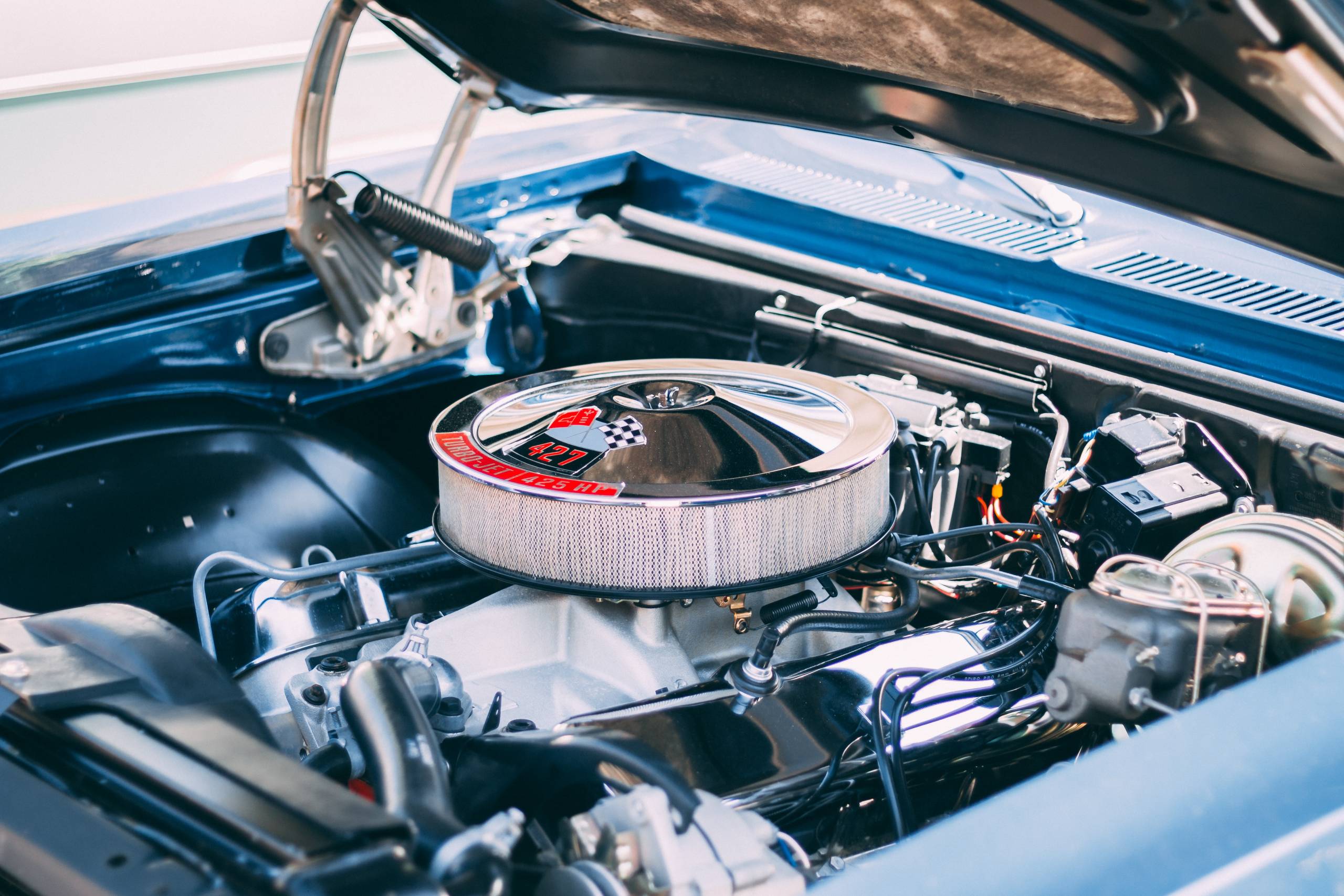3 Types of Classic Car Restorations
Car restoration is the process of repairing, refurbishing, and bringing a vehicle back to its original condition or improving it beyond its original specifications. There are various types of car restorations, each with its own objectives and levels of detail.
Many words can describe a restoration process—some describe the outcome, while other names describe the techniques used for the restoration. Understanding the nomenclature can help you understand the depth of how the vehicle was restored and helps inform you about the vehicle’s condition. Here are some common types of car restorations:
Note: Woodside Credit finances completed, restored vehicles, but does not finance the restoration process.
Factory Restoration
This type of restoration aims to restore a vehicle to its original factory condition. It involves using original parts, finishes, and specifications, replicating the way the vehicle looked when it rolled off the assembly line.
One step further, “Numbers matching” is a term commonly used in the classic car community to describe a vehicle that has its original components, such as the engine, transmission, and other major parts, still intact and matching the car’s original specifications. When a car is considered numbers matching, it means that the identifying numbers or codes on these components correspond to the numbers or codes assigned by the manufacturer when the vehicle was originally produced.
These numbers or codes often include:
- Engine Number/Code: This refers to the unique identification number or alphanumeric code assigned to the engine by the manufacturer. It helps identify the specific engine model, production date, and other relevant details.
- Transmission Number/Code: Similar to the engine number, the transmission number or code identifies the specific transmission unit installed in the car, including details like the transmission type, gear ratios, and production information.
- Rear Axle Number/Code: The rear axle number or code identifies the rear axle assembly and its specifications, such as gear ratio, differential type, and production details.
- Body VIN (Vehicle Identification Number): The VIN is a unique alphanumeric code assigned to each vehicle by the manufacturer. It serves as a universal identifier for the car and provides information about its production year, assembly plant, and specific features.
When a classic car is said to have numbers matching components, it means that the engine, transmission, and other major parts in the vehicle bear the correct and corresponding numbers or codes that align with the original specifications for that particular make and model. This is highly desirable among classic car enthusiasts and collectors, as it signifies the car’s originality and authenticity, increasing its value and appeal.
Concours Restoration
A Concours restoration focuses on restoring a vehicle to its original factory condition, aiming for an authentic representation of how it appeared when it was first manufactured. The goal is to achieve a high level of accuracy and attention to detail, often adhering to strict judging criteria at classic car shows or concours d’elegance events. Key characteristics of a Concours restoration include:
Originality: Emphasis is placed on using original parts, finishes, and specifications as close as possible to the vehicle’s original configuration.
Authenticity: The restoration process aims to recreate the vehicle as it was when it left the factory, following original design elements and period-correct features.
Attention to Detail: Meticulous effort is put into replicating every aspect of the vehicle, including accurate paint colors, correct interior materials, and precise engine detailing.
Preservation: The focus is on preserving the vehicle’s originality and historical value, with minimal modifications made to the original design.
Restomod RestorationA restomod restoration, on the other hand, involves updating and modifying a vehicle to enhance its performance, comfort, and aesthetics while maintaining the appearance of the original model. Restomods blend classic aesthetics with modern technology and features. Key characteristics of a restomod restoration include:
- Performance Upgrades: The focus is on improving the vehicle’s performance by upgrading the engine, transmission, suspension, brakes, and other mechanical components.
- Modern Amenities: Restomods often incorporate modern conveniences and features such as air conditioning, power steering, upgraded audio systems, and advanced infotainment systems.
- Customization: The restoration process allows for customization and personalization, including modifications to the body, interior, wheels, and other cosmetic elements to create a unique and personalized vehicle.
- Integration of Modern Technology: Restomods often incorporate modern technologies such as fuel injection systems, electronic ignitions, advanced lighting systems, and updated wiring harnesses.
Did you find a restored classic, a clean restomod, or a Concours-ready show vehicle? See why more collectors than ever are financing with Woodside Credit.

